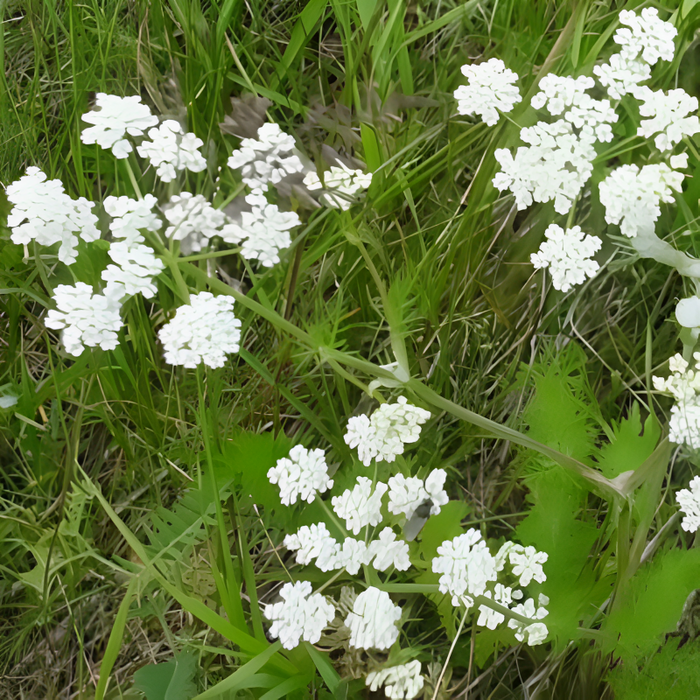
Caraway Herb Seeds
Save 50%
Original price
$10.00
Original price
$10.00
-
Original price
$10.00
Original price
$10.00
Current price
$4.99
$4.99
-
$4.99
Current price
$4.99
Enhance your herb garden with the flavorful and aromatic beauty of Caraway Herb Seeds. These seeds swear a landscape filled with finely textured leaves and swaying clusters of tiny white flowers, creating a vibrant and enticing outdoor retreat. This herb variety promises a stunning display of feathery green leaves that add both sophistication and a distinctive earthy flavor to your outdoor space.
Features:
- Aromatic Movement: Leaves sway gracefully, creating a peaceful and aromatic atmosphere.
- Easy to Grow: Suitable for both experienced and novice gardeners.
- Low Maintenance: Requires minimal care for a flavorful and fragrant herb garden.
Details:



